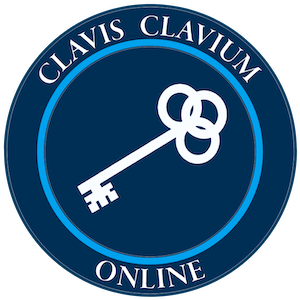Hildegard of Bingen
Hildegardis Bingensis
Biography
Hildegard, the tenth child of a noble family, was born in 1098 in what is now Rhineland-Palatinate (Germany), probably in Bermersheim, near Alzey.
At the age of eight, she was entrusted to the family of the Count of Sponheim for her religious education. On 1 November 1112, she entered the recloister on Disibodenberg, linked to a community of Benedictine monks. On the death of Jutta of Sponheim, who headed the nascent community of nuns, in 1136, Hildegard succeeded her as magistra. At the end of the 1140s, she founded a new independent monastery on Rupertsberg, which she consolidated in economic, legal, intellectual and spiritual terms. She is credited with founding a second monastery on the other bank of the Rhine, at Eibingen, in 1165. She also travelled to many towns, particularly in the Rhineland and Moselle, to announce God' s will to the clergy and the people. She died on 17 September 1179 on the Rupertsberg.
In 1141, Hildegard began to write down what she had seen and heard in her visions, in the Liber Scivias, followed by the Liber vitae meritorum in the years 1163-1174. She was also intensely literary (theological works, correspondence) and had great artistic talent (drawing, music). She was also a naturalist and botanist.
Volmar, a monk from Disibodenberg, was her secretary until her death in 1173. He was succeeded in 1177 by Guibert de Gembloux.

| Birth date | (Bermersheim?) |
|---|---|
| Death date | (Rupertsberg) |
| Activity | Rupertsberg, Disibodenberg |
| Group of authors | Western Middle Ages (11th-14th century) |


